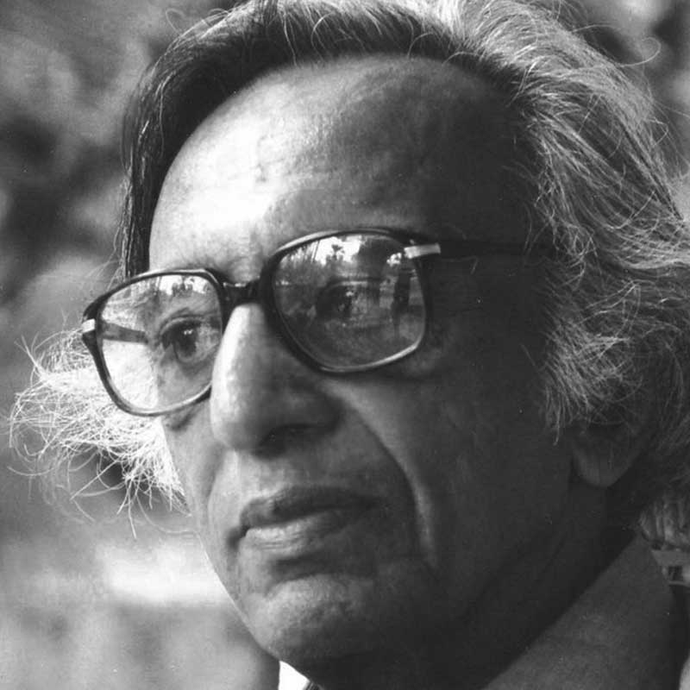
Tyeb Mehta
Tyeb Mehta was a renowned Indian artist and filmmaker. His contributions to Indian art have been recognized with numerous awards, including the Padma Bhushan, one of India's highest civilian honors.
Biography of the Tyeb Mehta
Tyeb Mehta was born in 1925 in Kapadvanj, Gujarat. Initially, he worked as a film editor in a cinema laboratory at Famous Studios. However, his passion for painting led him to enroll at the Sir J. J. School of Art in Mumbai, where he graduated with a diploma in 1952. Mehta was a member of the Progressive Artists' Group in India.
In 1959, he moved to London, where he resided and worked until 1964. During his time in London, Mehta's art style was heavily influenced by the expressionist works of Francis Bacon. Later, in 1968, the artist was awarded a fellowship from the John D. Rockefeller 3rd Fund, which allowed him to visit New York. During this period, Mehta's art was characterized by minimalism.
In addition to numerous solo exhibitions, Tyeb Mehta participated in various international shows. Some notable examples include Ten Contemporary Indian Painters exhibition in Trenton, USA, in 1965; the Deuxieme Biennale Internationale de Menton in 1974; Festival Internationale de la Peinture in Cagnes-Sur-Mer, France, also in 1974; Modem Indian Paintings exhibition at the Hirschhorn Museum in Washington in 1982; and Seven Indian Painters exhibition at Gallerie Le Monde de U art in Paris in 1994, among others.
Throughout his career, Tyeb Mehta received several prestigious awards. He was awarded the gold medal for paintings at the first Triennial in New Delhi. He also received the Prix Nationale at the International Festival of Painting in Cagnes-sur-Mer, France, in 1974; the Kalidas Samman from the Madhya Pradesh Government in 1988; the Dayawati Modi Foundation Award for Art, Culture, and Education in 2005; and the Padma Bhushan in 2007.
Mehta passed away in 2009 at the age of 84, leaving behind a legacy as one of India's most important and influential artists.
Tyeb Mehta's Art Style
Mehta's artistic style is characterized by matte surfaces, the presence of diagonal lines breaking his canvases, and the depiction of anguish. These elements emerged from his preoccupation with formalist means of expression, as he explored the intersection of form and emotion in his art.
His artistic evolution witnessed a transition from adopting the pictorial language of European art in the 1950s and 1960s to embracing Indian themes and subjects in the following decades. Later, Mehta shifted his focus toward capturing the essence of the eternal within the complexities of Indian culture, employing layered images and concepts drawn from Hindu mythology. Particularly during the 1990s, his artistic imagination became captivated by the mythological figures and various incarnations of Devi, the goddess.
Mehta, like numerous artists of his generation, bore witness to the horrific events that unfolded in India during and after Partition. The memories of this period left an indelible mark on him, profoundly influencing the vocabulary of his art.
Years:
Born in 1925
Country:
India, Kapadvanj, Gujarat